Rice has been known as human food since 6 thousand years ago. Originally it was a wild species and it was later cultivated. Today, people grow it all over the world and its varieties are numerous.
The beginning of all types of rice is whole grain, which we call brown rice, because of the color of the grains. On the European continent, white rice is used more, but in Asian cuisine whole grain rice is revered, because of its undoubtedly healthier and beneficial properties. Here are the differences and specific qualities of brown rice.
Method of obtaining brown rice and difference with white
Brown rice is a variety of cereal, which got its name, because of its dark color. It is like this, because its grains do not go through deep processing, the outer coating of rice bran remains on them, which has a brown shade. Since the grinding process is absent, this type of rice is also called unpolished.
In addition to its color, it is also distinguished by its nutty aftertaste and its many benefits above all.
It is found in two forms - oblong and round. The appearance of the grains does not affect the composition and amount of useful substances. Oblong whole grain rice is more common.
To turn brown rice into white, the bran layer is removed from the grain. Some of the rice germ is also removed in this process. After processing, brown rice has become unpolished white rice. The grains are then passed through a wire brush machine that removes the aleurone layer. This action is called polishing and this is how we get the familiar white rice, which has been polished.
The removed parts, that remain in brown rice are the bran and the aleurone layer. They are high in fat, a source of fat-soluble vitamin E, fiber and other valuable nutrients. When the grain is left intact and only the hull is removed, it has a shorter shelf life when compared to polished white rice.
Content and beneficial compounds in whole grain rice
Whole grain rice contains the following important ingredients, thanks to its preserved structure:
1. It is rich in selenium - this element is contained in a very high concentration. In addition to being an important mineral, it is a valuable antioxidant that protects the cell membrane. It reduces the risk of cancer, protects the heart and blood vessels. Selenium intake reduces the risk of colon, lung and prostate cancer. It supports tissue elasticity, slows down the aging process and is effective even for dandruff.
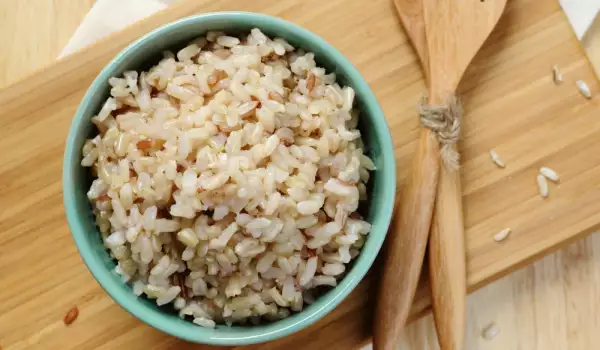
2. Contains manganese - a cup of this culture provides 80 percent of the manganese needed for the day. It helps the human body to create the essential fatty acids that regulate cholesterol. It is useful for the nervous and sexual systems.
3. Brown rice means whole grain rice - 6 servings of it per week has been found to eliminate the risk of getting arterial plaque, which also eliminates the risk of heart disease.
4. Has antioxidant properties - Brown rice has the same antioxidant properties as blueberries and green tea and slows down aging and cell damage.
5. Contains fiber - it contains all the components to stabilize digestion and the proper function of the intestinal tract. It is recommended for people at risk of stomach cancer. Fiber reduces the contact of carcinogens with colon cells.
6. Slow-release sugars - it helps stabilize blood sugar, so it's a good option for diabetics. People who consume whole grain rice are 2 times less at risk of type 2 diabetes.
7. It is rich in thiamin - vitamin B1 is important for the breakdown of fats, facilitates the absorption of carbohydrates, improves the function of the nervous system, heart and muscles. It does not accumulate in the body and is not toxic.
8. It does not contain gluten - therefore it cannot cause allergies. The starch in it does not lead to fat accumulation, which is an important factor for good health and figure.
9. Improves memory and mood and is therefore suitable food for depression, apathy, nervous exhaustion, as it regulates sleep, activates thinking and conditioning.
Whole grain rice in weight loss diets
Whole grain rice not only reduces the absorption of sugar in the body, but also removes excess fat and fluid from it, which is why it is a valuable aid in weight loss diets. Its caloric content in 100 grams of weight is about 340 calories. In addition, it saturates quickly and is well digested by the body.
Therefore, it is recommended for consumption on days when you eat lighter foods. During rice diets drinking a lot of water is recommended, as well as increased physical activity. Although it has a slightly unusual taste, it can be combined with vegetables or meat in diets.
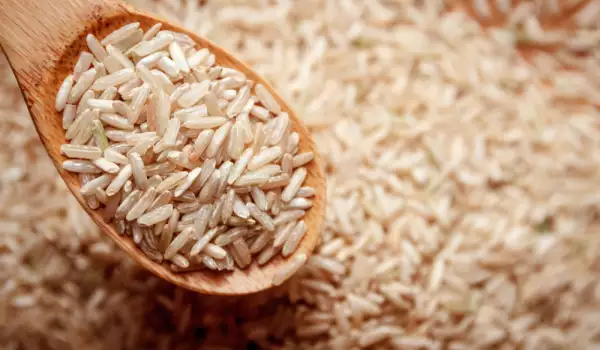
Contraindications for the consumption of whole grain rice
This type of rice has practically no contraindications. It is only necessary to take into account some points - when it often drops not on urine, this rice should be consumed more carefully, because of the diuretic effect it possesses.
Rice that has been open for more than a month or has been exposed to direct sunlight should also not be consumed. This provokes its rancidity and can have a bad effect on the body.
Whole grain rice preparation methods
The speed with which white rice is cooked is its only advantage over brown rice. The latter does not tolerate speed as a value in its preparation. This product is prepared without fuss and this is the philosophy characteristic of Asian nations.
The characteristic delicious note of whole grain rice is not lost when various other ingredients are added and makes the cook carefully select the other products to get a harmonious taste of the rice dish.
The only difficulty in preparing brown rice is the long soaking, about 10 hours in clean cold water and the subsequent washing. In the cooking process, experts recommend changing the water 2 times and washing the rice. The rest of its cooking is no different from what is done with white rice.
Rinsing the whole grain rice during its cooking is set as a preparation technology when it is intended to be a side dish for meat or fish. Its advantage is that it does not become mushy and the dishes have a crumbly texture. The longer the grain of this rice, the more crumbly the texture of the dish will be.
Cooking brown rice takes longer than white rice. It usually takes 35-40 minutes. Blanched brown rice can be used to shorten the cooking time.
Recipes, that can include whole grain rice
The possibilities of whole grain rice in culinary recipes are truly endless. With meat, seafood, with vegetables, in sweet desserts, in the children's menu, in drinks, as an ingredient in salads.
Popular delicious recipes with it are brown rice with pumpkin and milk, whole grain rice with apples and dried fruit, brown rice with chicken and vegetables, side dish of cauliflower and whole grain rice. With it you can make mushrooms with rice, lentils, pork with rice, peas and it also goes well with beef.
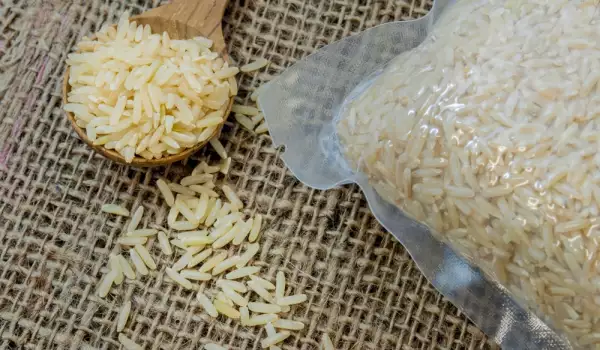
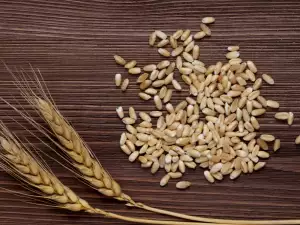
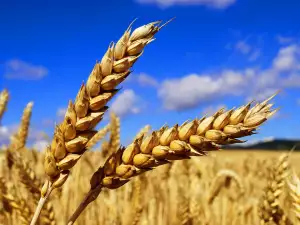
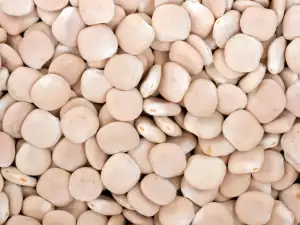

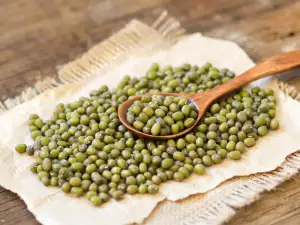
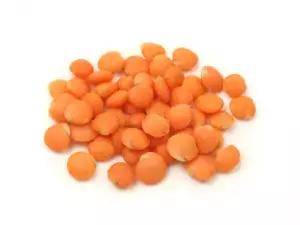

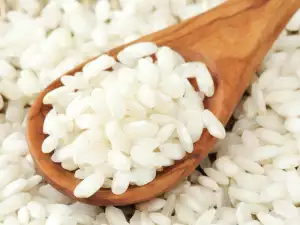
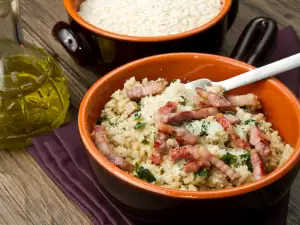

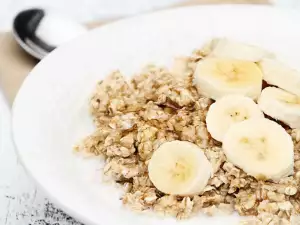
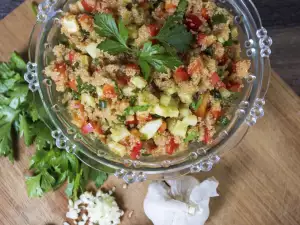
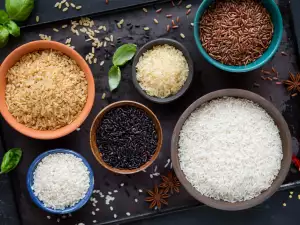

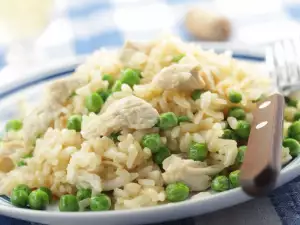




Comments